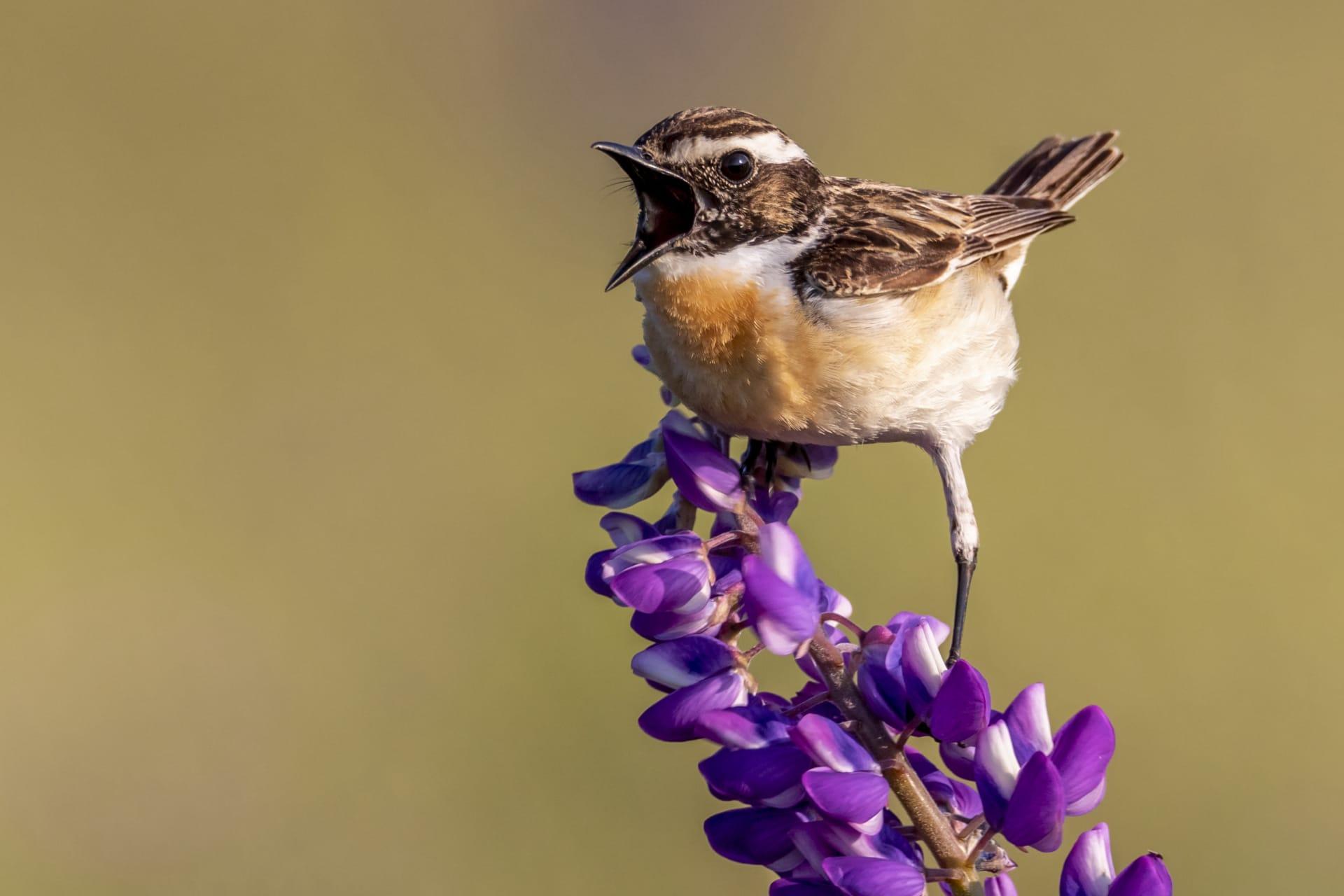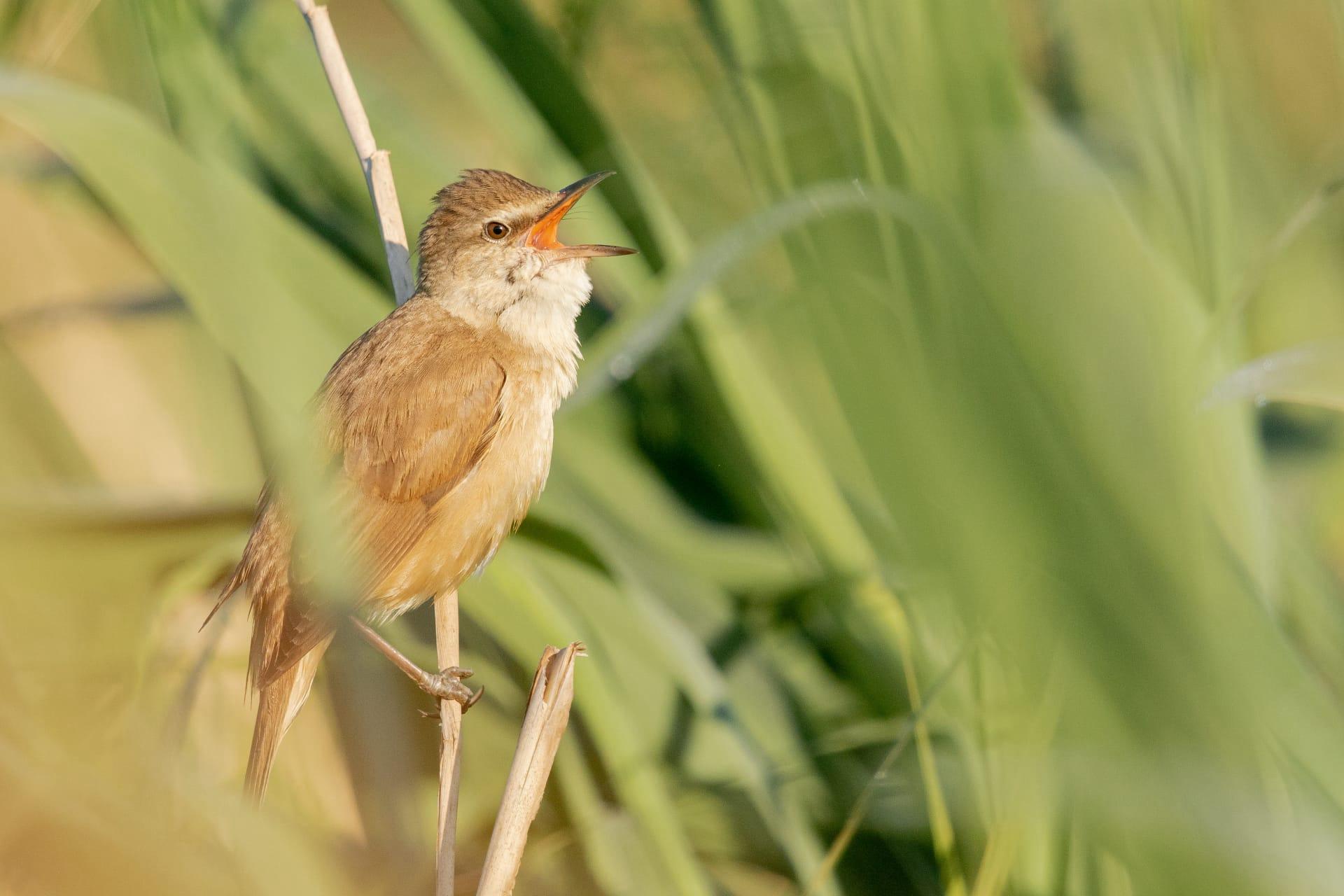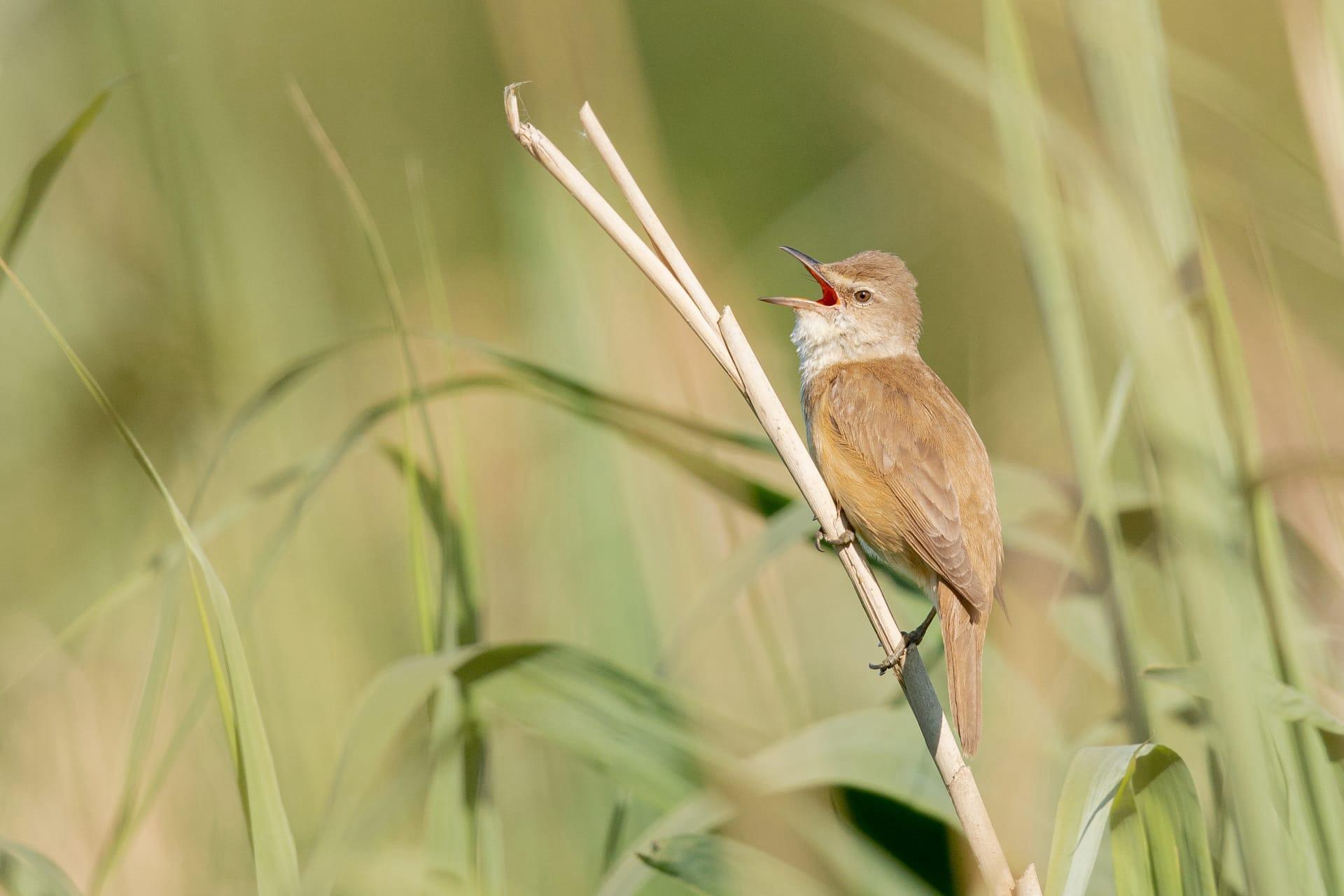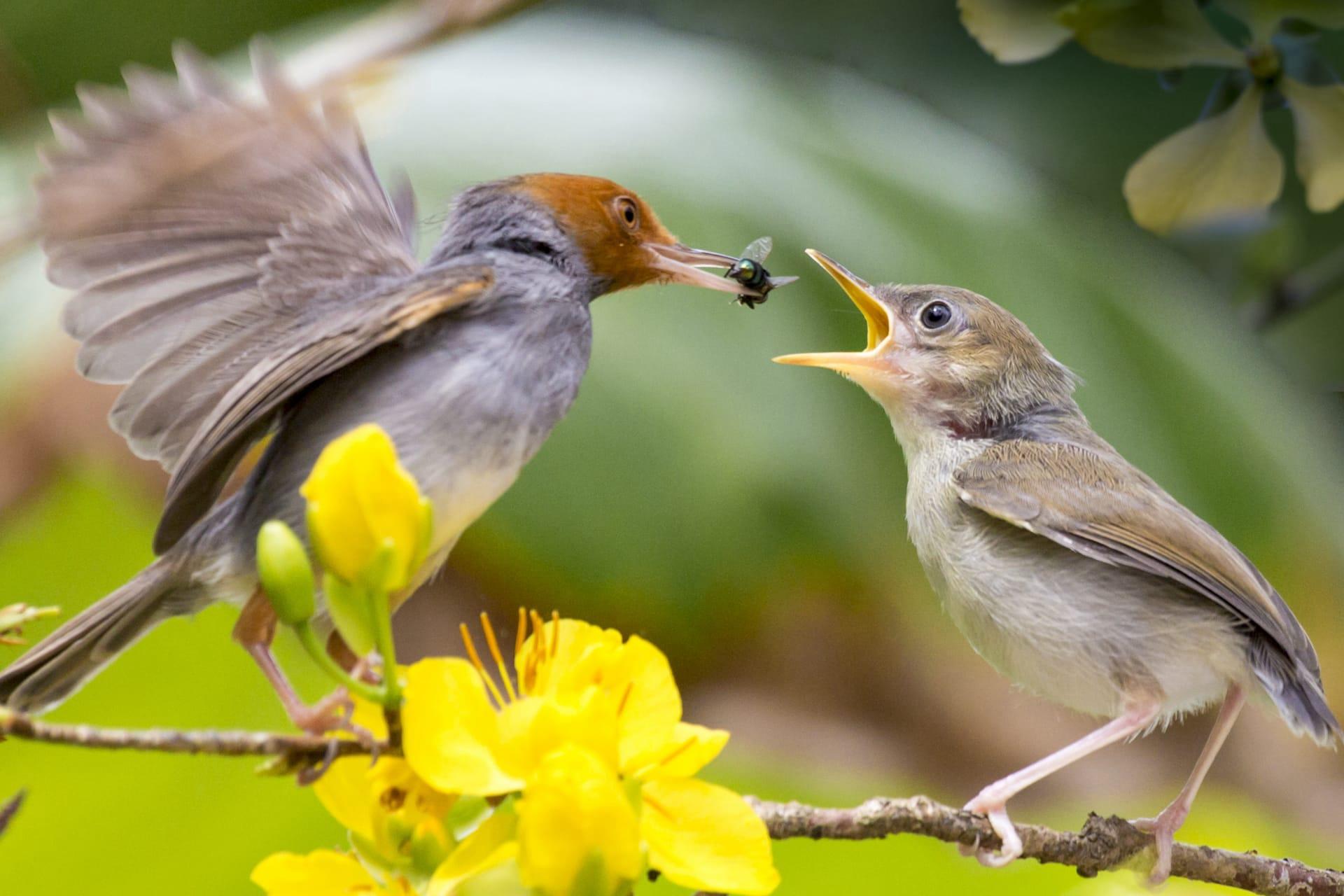Nightingale Characteristics
- Home /
- Mini Encyclopedia /
- Animal /
- Nightingale Characteristics
1
Nightingales, small yet fascinating birds, are renowned for their melodious songs. These birds typically measure around 6.3 inches in length, a modest size complemented by a wingspan of approximately 10 inches. Their weight, usually hovering around 0.5 to 0.7 ounces, showcases their delicate physique. Nightingales have a relatively brief lifespan in the wild, living on average about 1 to 3 years. However, in captivity, their lifespan can extend up to 5 years, illustrating the impact of environment and care on their longevity.
The syrinx, the nightingale's vocal organ, is their most remarkable feature. Unique among birds, the syrinx is located at the base of a bird's trachea, where it splits into the bronchi. This organ is highly developed in nightingales, enabling them to produce a range of songs and calls. It's their syrinx that allows nightingales to perform complex and long-lasting songs, which can include up to 250 different variations. These vocalizations are not just for mating; they also play a role in territory defense and communication among these birds.

2
Question: Why do nightingales sing more at night than during the day?
Answer: Nightingales are known for their nocturnal singing, a behavior that sets them apart from many other bird species. The primary reason for their night-time serenades is reduced noise interference. During the day, the sound of other birds, human activities, and environmental noise can drown out the nightingale's song. By singing at night, they ensure their calls are heard clearly, which is crucial for attracting mates and establishing territory. Additionally, the cooler night air can help their song travel further, increasing the likelihood of reaching potential mates and rivals.

3
Nightingales are ground-dwellers, primarily moving on the ground with a distinctive hopping motion. They are not known for long-distance flights but can display impressive agility when navigating through underbrush and thick foliage. This mobility is crucial for their survival, allowing them to swiftly move in search of food and evade predators.
When it comes to feeding, nightingales are omnivorous, with a diet mainly consisting of insects and fruit. Their primary prey includes ants, beetles, and caterpillars, which they forage from the ground or low vegetation. During the breeding season, their consumption of insects increases, which is essential for the high protein requirement of their growing chicks. They also consume berries and small fruits, especially during migration and in the colder months, supplementing their diet for additional energy.

4
Nightingales are adaptable birds, primarily residing in dense, shrubby areas with ample vegetation. These habitats offer them cover from predators and abundant food sources. They are commonly found in forests, thickets, and gardens across Europe and Asia. Seasonal migration is a significant aspect of their life, with many nightingales migrating to Sub-Saharan Africa during the winter months to escape the cold and find food.
Reproduction is a key phase in the nightingale's life cycle. They are monogamous during the breeding season, forming pairs that work together to build nests, usually close to the ground in dense vegetation. The female lays 4 to 6 eggs, which are incubated primarily by her while the male provides food. After hatching, both parents are involved in feeding the chicks. Their nesting strategy, focused on concealment and parental cooperation, enhances the survival chances of their offspring.

5
Book: "The Nightingale: Myth, Mysticism and Folklore" by L. Thomas. This book, published in the United Kingdom in the late 20th century, delves into the cultural and historical significance of nightingales. Thomas explores various myths and folklore surrounding these birds across different cultures. The book also touches on the nightingale's influence in literature and music, showcasing their impact beyond just the biological realm.
Book: "Nightingales: The Extraordinary Upbringing and Curious Life of Miss Florence Nightingale" by Gillian Gill, published in the United States in the early 21st century. This biography intertwines the story of the famous nurse Florence Nightingale with the symbolism of the nightingale bird in her life and work. Gill provides a unique perspective on Florence's upbringing and how the qualities attributed to the nightingale bird, like care and dedication, were reflected in her career and legacy.